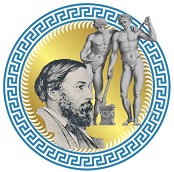Symonds and Childhood Fantasies
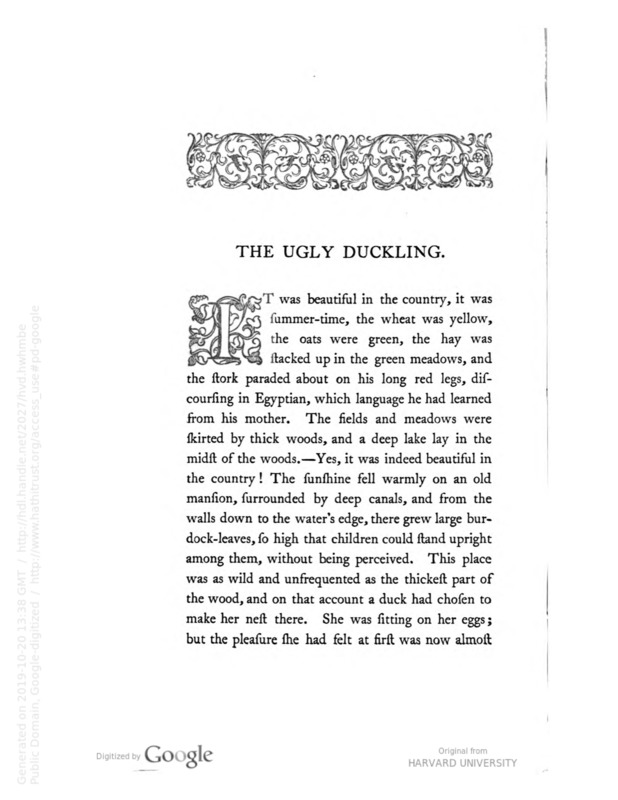
Danish Fairy Legends and Tales
Hans Christian Andersen, 1846
This book contains the short children's story, The Ugly Duckling, which John Addington Symonds greatly sympathized with. Symonds was unique among his peers in personality and sexual awareness, in the same way as the ugly duckling sticks out due to its different appearance. Similarly, just as the ugly duckling turns into a charming swan, Symonds developped to be an outstanding scholar in the process of self-discovery and exploration of his innate connection to the Greek culture.
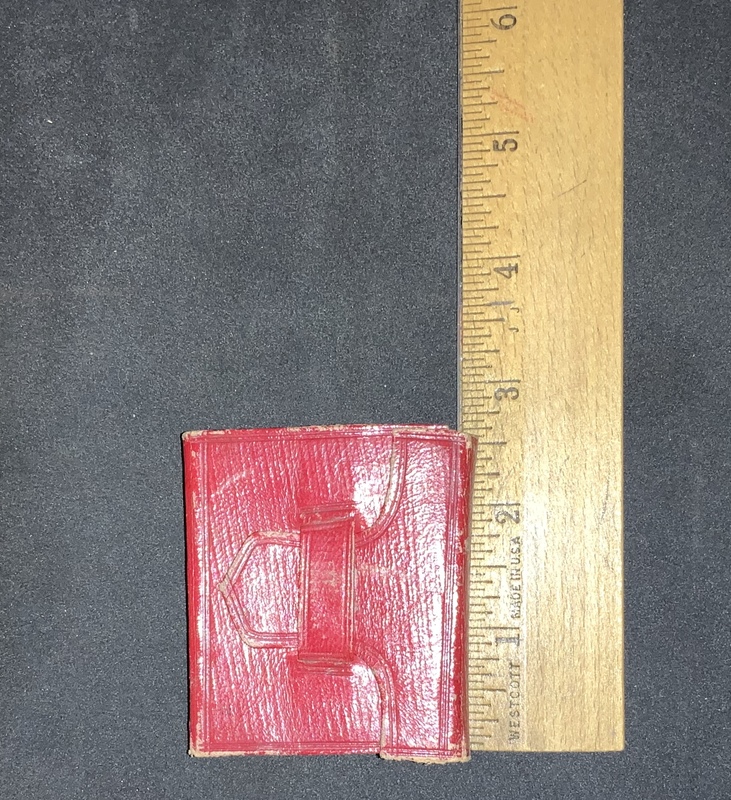
Daily food for Christians : being a promise, and another scriptural portion, for every day in the year, together with a verse of a hymn.
Miniature book pictured with with ruler for scale.
Symonds never knew very much about his mother, who died when he was young. He recounts in his Memoirs that he used to collect leaves from the plants that grew on her tomb: "These leaves, gathered from my mother's grave, were almost all I knew about her, all I had of her. I used to put them in a little book of texts called Daily Food which had belonged to her, and which I read every night, and still read at all hours of the day..."
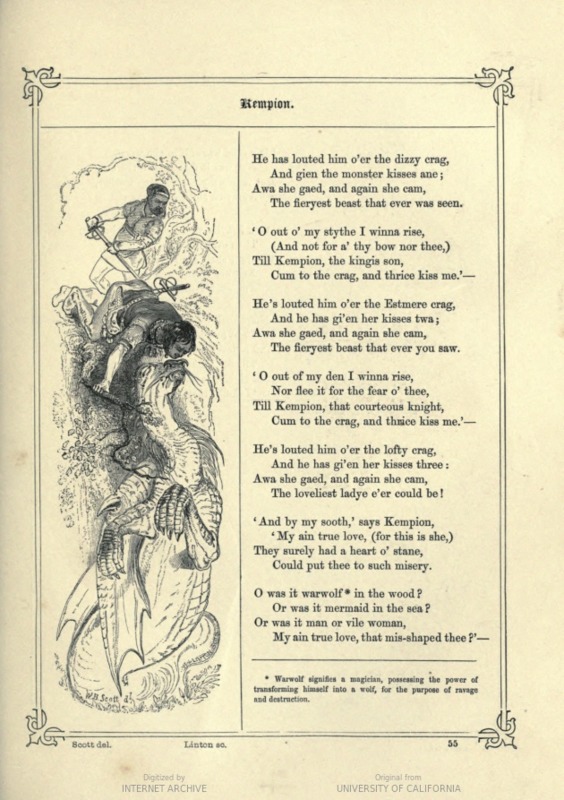
The book of British Ballads
J. C. Hall, 1849
Symonds remembers being amazed and frightened by many children’s stories in his childhood. A famous example, which still circulates today, is the Ugly Duckling: "I sympathized passionately with the poor bird swimming round and round the duck-puddle. I cried convulsively when he flew away to join his beautiful wide-winged white brethren of the windy journeys and the lonely meres." A more unfamiliar story that affected him was that of “Kempion,” pictured here in the Book of British Ballads, in which Kempion, the King’s son, is called to restore the dragon into its original form of a lovely young lady, through kissing it three times.
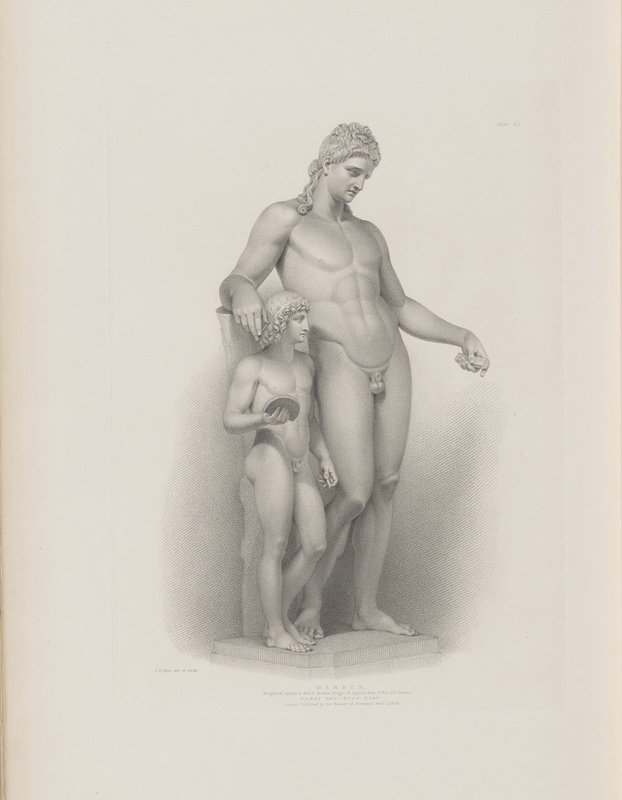
Specimens of Antient Sculpture, Aegyptian, Etruscan, Greek and Roman: selected from different collections in Great Britain by the Society of Dilettanti
London: Payne and Foss: 1835
Plate LI: Apollo and his lover Hyacinthus
Symonds first saw this book of illustrations in his father's library at Clifton Hill House. It introduced him to the beauty of ancient sculpture, the male body, and the relationships men could have with one another, as pictured in the plate above.
